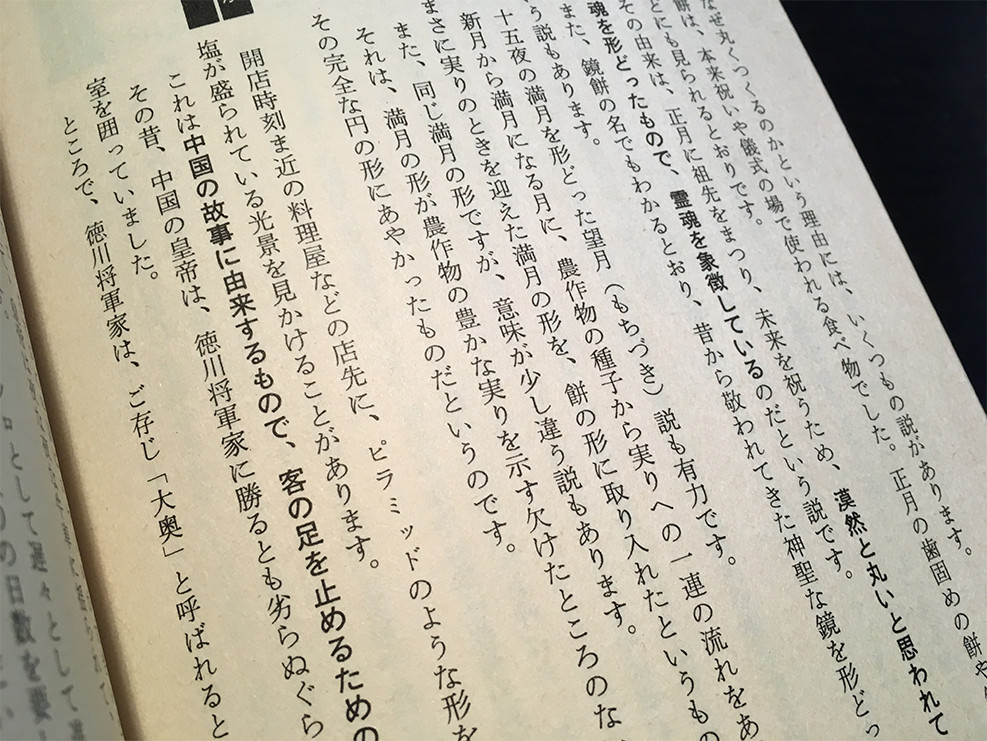
posted on 17 Nov 2024
The Japanese language has a lot of fascinating cultural artifacts embedded within its grammar and vocabulary. One such artifact that has always struck me was the unique and specific way that death is conveyed in the language.
Verbs in Japanese, like in many other languages, are conjugated to modify their meaning or grammatical function. The dictionary form of verbs are comprised of two parts: the base stem and the suffix. Verb conjugation follows a pattern that is based on its suffix.
Example: 食べる (taberu) which means “to eat”. The base stem in this word is 食べ (tabe) while the suffix is the syllable る (ru). Verbs in the same group that end in the る suffix are conjugated according to the same pattern.
- 食べた (tabeta): ate (past tense)
- 食べない (tabenai): not eat (negative)
- 食べろう (taberou): let’s eat (volitional)
And so on. There are nine different verb suffixes (e.g. く, ぐ, す, む) in Japanese and speakers of the language must memorize the conjugation patterns for each.
One of these verbs is special: 死ぬ (shinu) “to die.”
死ぬ is the only verb in the entire Japanese vocabulary that ends in the ぬ (nu) suffix. Therefore an entirely specific pattern of conjugation exists specifically for this word.
- 死んだ (shinda): died (past tense)
- 死なない (shinanai): don’t die (negative)
- 死のう (shinou): let’s die (volitional)
There are about twenty more conjugation forms besides these (e.g. polite form, potential, passive, causative, causative passive). That’s a lot of memorization for just one verb. And what an interesting verb to specialize!
Is it just a coincidence that the verb meaning “to die” would have such unique grammatical properties? There is another interesting example of specialization in the Japanese language, but this time in its written form.
Written Japanese uses three different character sets: hiragana, katakana, and kanji. Kanji is the most iconic of these character sets, originally adapted from Chinese, and is used to write “content words” such as nouns and verb stems. There are about 3,000 kanji characters in Japanese that must be memorized in order to, for example, read a newspaper.
One of the reasons why kanji is so difficult to memorize, especially for those who are learning Japanese as a second language, is the multiple readings or pronunciations of the characters. Almost all kanji characters have at least two different pronunciations: the on-yomi (original Chinese pronunciation) and the kun-yomi (at least one Japanese pronunciation).
The character for “life” is 生 and has at least ten different readings, and is one of the most versatile characters in the language.
The character for “death” was used earlier: 死. This character only has one pronunciation: し (shi). 死 is highly unusual in that its Chinese and Japanese pronunciations share the same sound, and therefore only has this one reading (many kanji have additional special readings in compound words). It’s also only used in one verb: 死ぬ (to die).
It is likely not a coincidence that the concept of “death” was given such special treatment in the cultivation of the Japanese language. Japanese philosophy has a concept called 物の哀れ (mono no aware) which describes the gentle sadness or melancholy that is derived from the impermanence of everyday life. Changing of seasons, fleeting relationships, the appreciation of old objects, and of course the ephemeral nature of life itself are all different ways the sentiment manifests. What better way to convey this sentiment than to embed it into the language itself.